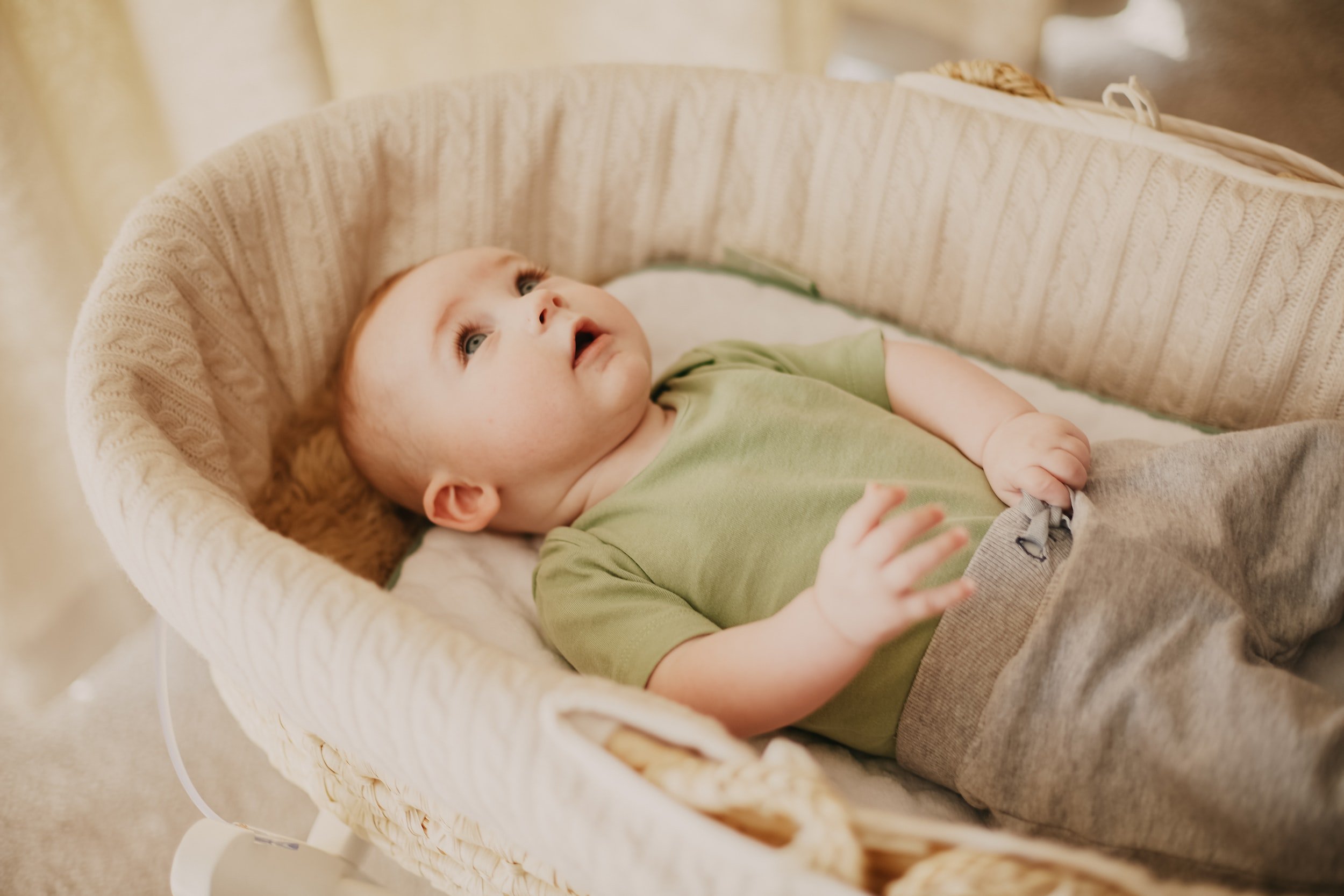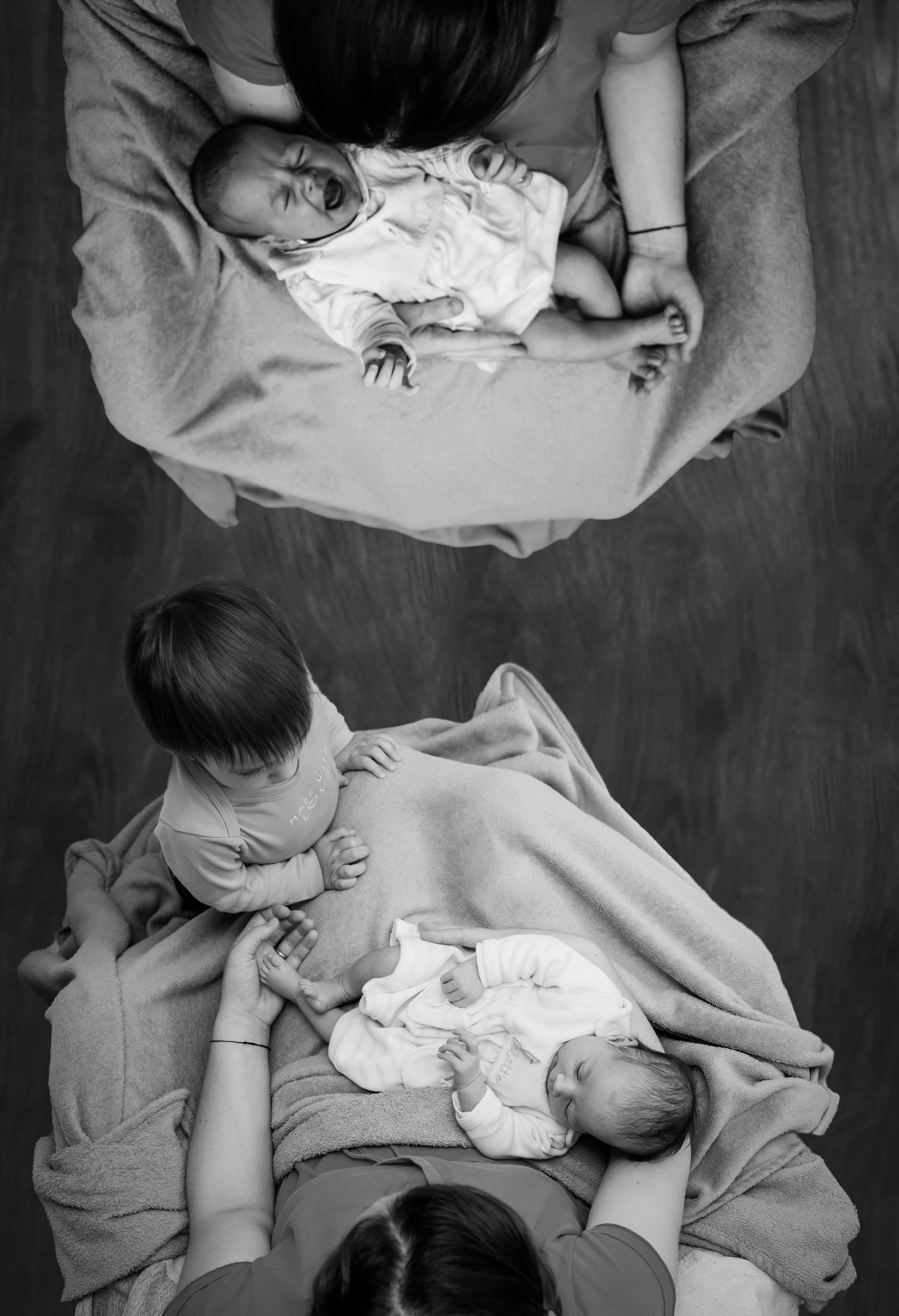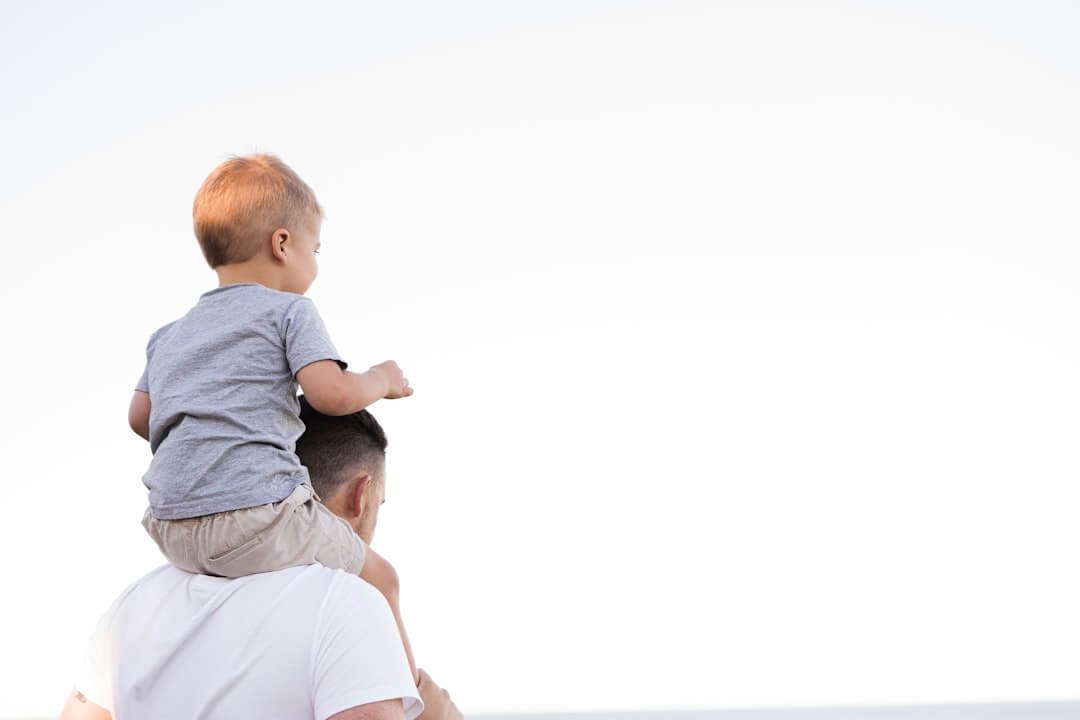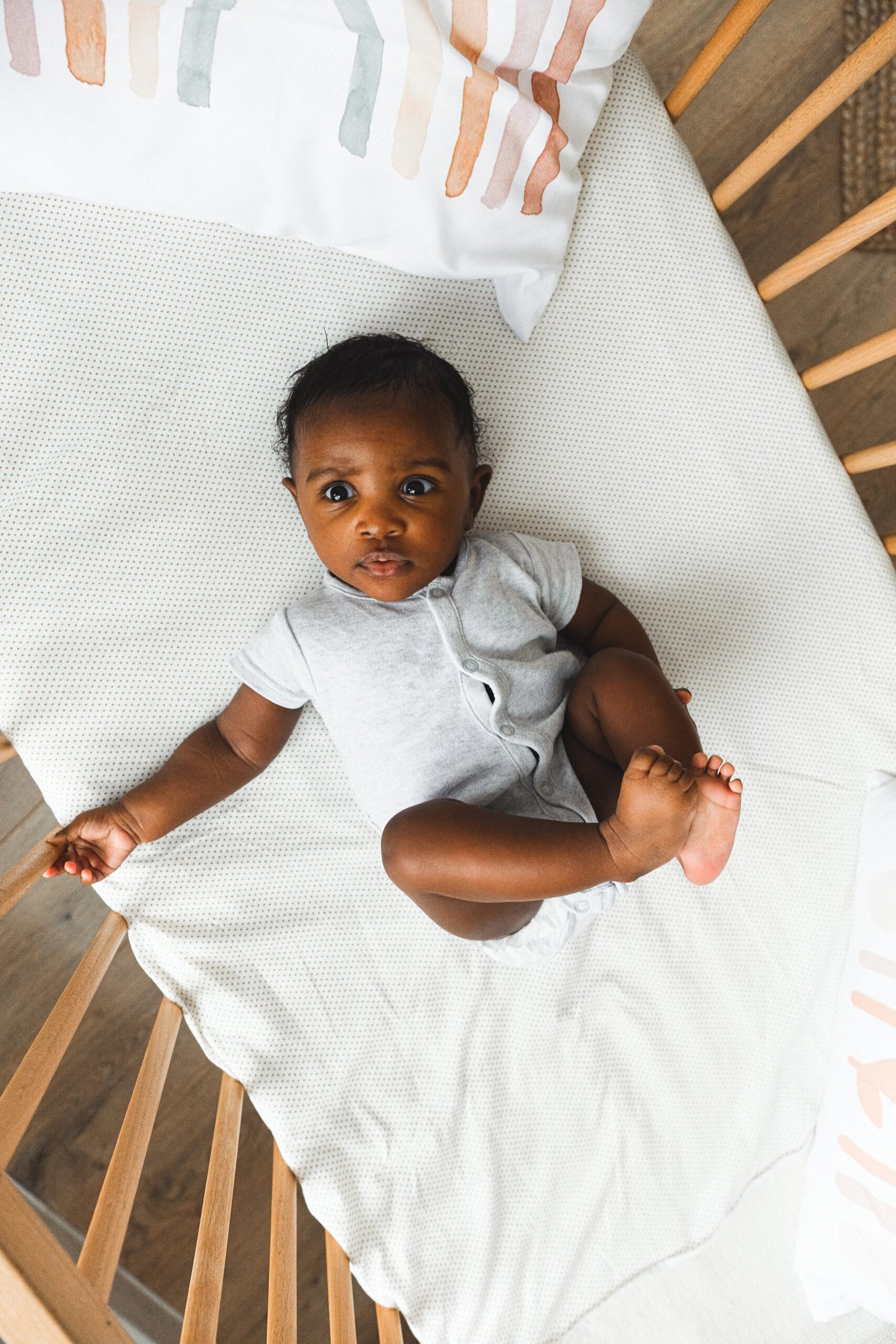is it time to drop a nap?
While there are common ages babies and toddlers tend to go through nap transitions, it’s really best to look for the signs vs. waiting for an arbitrary age. Every child is different! The biggest nap transitions are 3-2 (usually by about 9 months), 2-1 (usually 13-18 months), and dropping nap time (typically age 2.5-4 years). Those are some big windows, though, so let’s look at the 3 most common signs that baby is ready to drop a nap:
-
Last nap of the day (or bedtime) keeps getting later.
If your baby is on 2+ naps per day, and the last nap of the day keeps getting pushed later and later (meaning bedtime gets pushed back too) it could be time to drop that last nap, extend the wake windows a bit, and bring bedtime up a little earlier.
2. You’re seeing new patterns at night.
If you’re starting to see things like false starts (waking up 30-60 minutes after bedtime), split nights (waking up in the middle of the night ready to play), or very early morning wakings, this could be a sign that there is too much sleep during the day and not enough sleep pressure at bedtime.
3. Fighting Sleep or Short Naps
You’ll likely notice your child “fighting” the nap and not being as tired at the normal time. They may fall asleep but only take a short nap, but wake up content and ready to go. These are both signs of undertiredness, and usually means wake windows can be extended.
How to drop a nap
When dropping naps you’ll start by extending your baby’s wake windows gradually, and making the last nap of the day a shorter cat nap until it disappears. Lots of people think that since baby gets a bit fussy with more wake time that it means they can’t do the nap transition, but if your baby is showing all the signs of being ready you can go for it anyway. You’ll just need to help baby get through the wake window while they adjust. Offer snacks, a change of scenery, time outside, play in water, etc. to help them bridge to the nap with minimal fussing.
You will likely be bringing bedtime up earlier, and unfortunately this can sometimes mean baby wakes a bit earlier for a while as well. Use my early morning waking tips to help with this as much as possible, and know that over time it will likely resolve, once baby’s body clock is caught up to the new routine.
When dropping a nap, patience is key. These transitions can sometimes take several weeks to fully take hold. Sometimes you’ll have your old nap schedule for a couple of days per week and the “new” schedule for the rest of the week, and this is fine while you’re transitioning!






